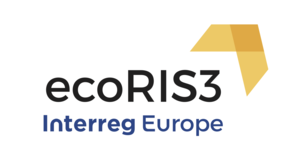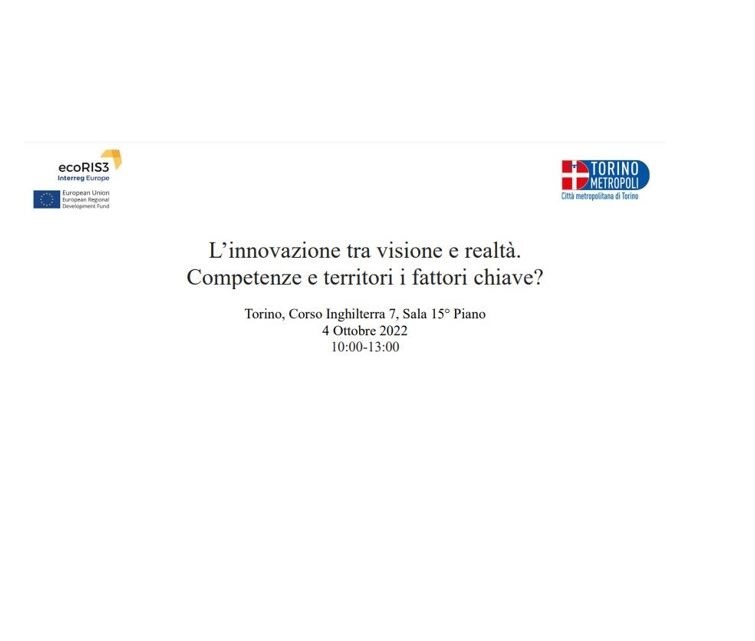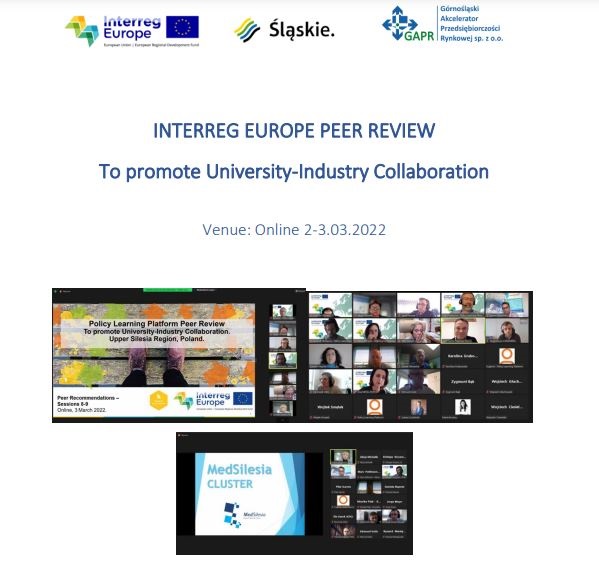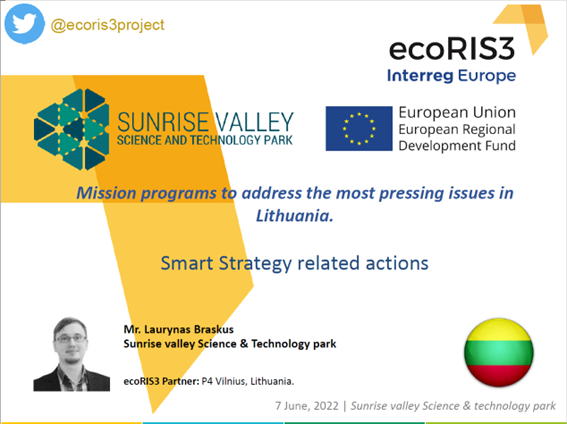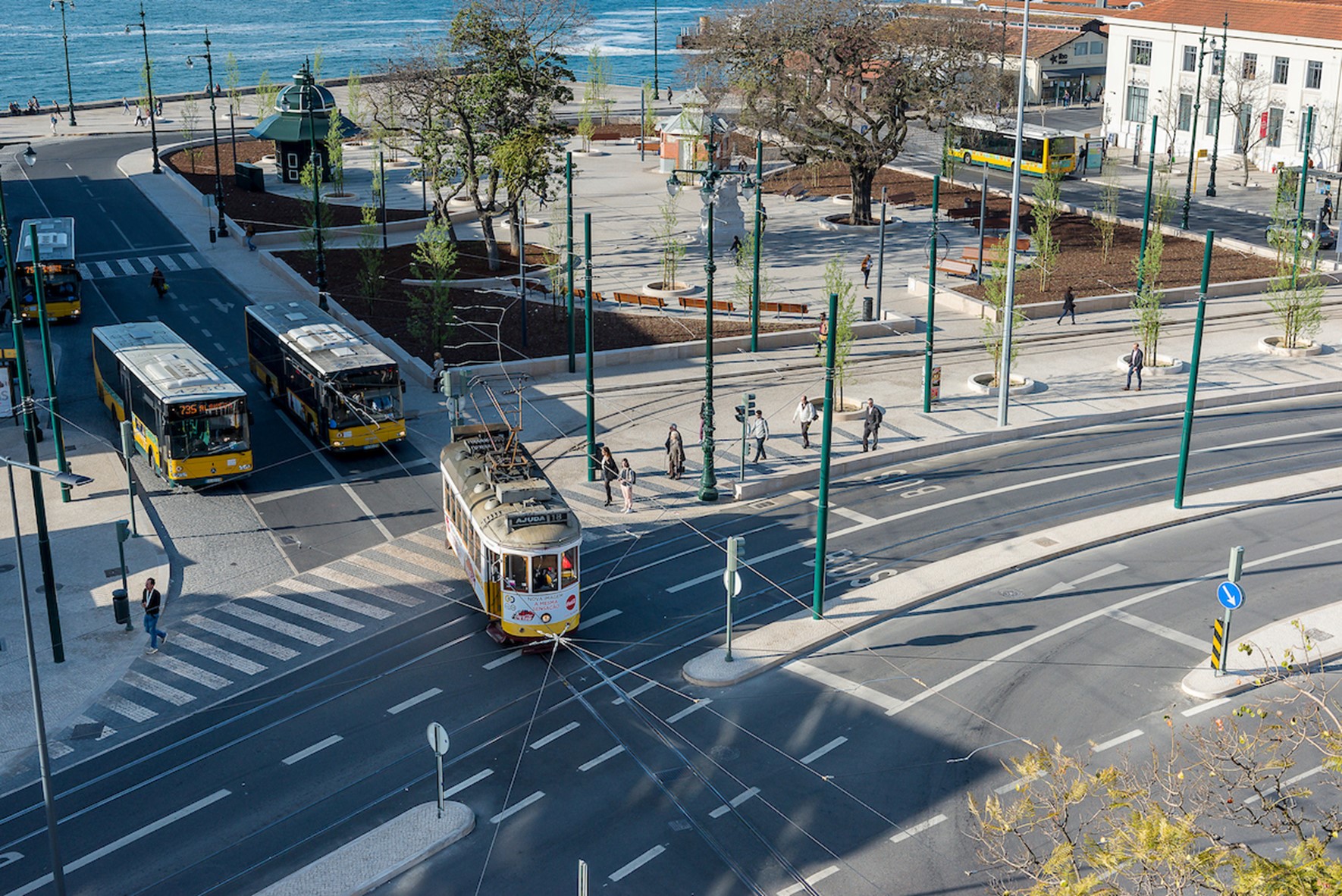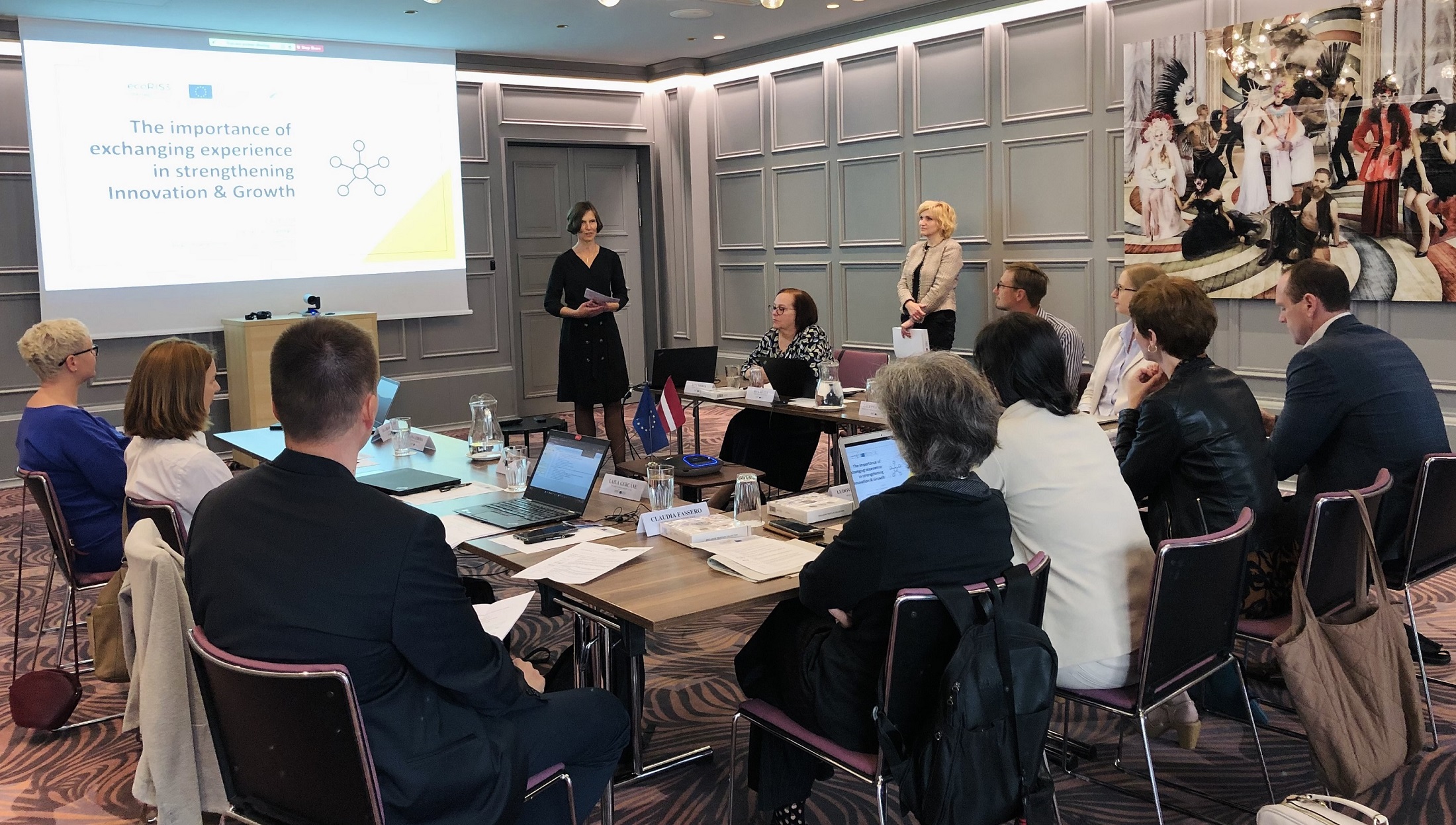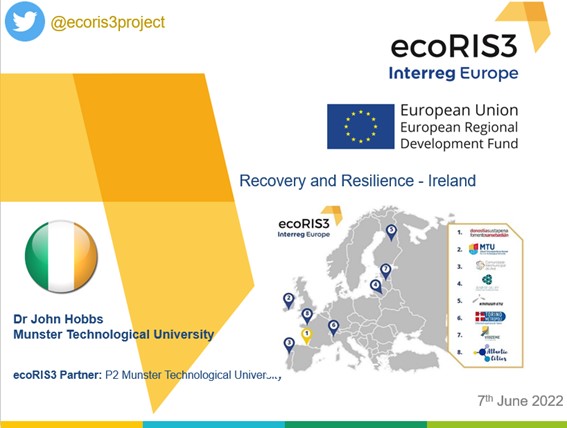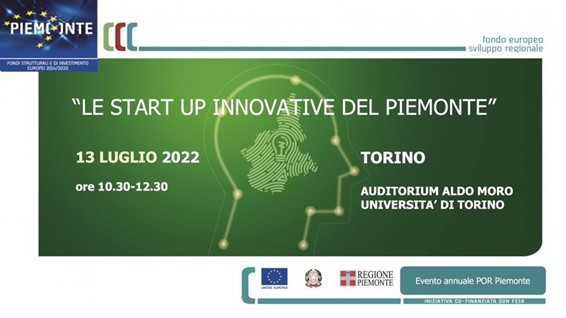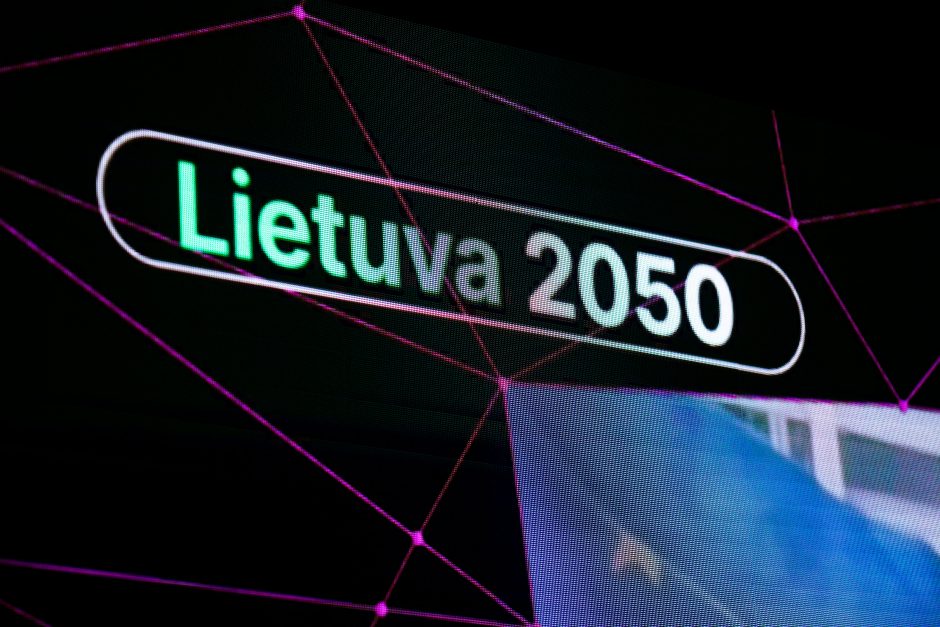Fomento San Sebatian has launched a new action line to promote Strategic Design as an innovation tool for business. The first session took place on the 11th April of 2019 counting on the participation of 7 companies. With this programme, Fomento San Sebastian is responding to a request expressed by the local agents to promote innovation.
Design is a discipline that is being applied in different areas of business innovation, contributing to a cultural change in many organizations. In this workshop we focused on the processes that are carried out and that are part of Design thinking to develop the strategic orientation of organizations, and contribute to building their future.
The programme was structured in order to identify the main keys of the strategic design. Therefore, the first step to accomplish was to define “Strategic Design”. This concept uses the principles and practices of Design as the backbone of the development and implementation of strategies, based on three pillars: discovering an opportunity, defining differential value, and creating and offering value.
Design thinking is an approach that involves: having the customer at the center and the application of empathy to problem solving to match the things people need with technologically feasible and viable solutions available today. Empathy lets us feel what it’s like to be in someone else's shoes, to create customer-centric products and solutions to meet specific customer needs.
Modern product development is moving to a design thinking approach, delivering limited feature products to target markets to satisfy immediate customer needs. This approach limits the risk of developing a product no one wants, which may be an unintended consequence of a longer, more costly development targeting a broader market with extensive features and greater corporate investment.
The second part of the session focused on how to minimize the risks of possible failure by applying Design in a strategic manner. Starting from the point at which we have ideas, objectives, challenges and/or business areas, it is vital to discover and define the opportunity through palpable trends, case studies or focus groups that carry on externally. However, internally, you must define a good working group, explore alliances, internal capabilities and get to focus on that opportunity. Once defined, iteration will be the most useful tool to test each new phase when devising, designing and validating solutions, without forgetting the importance of culminating in designing the business model.
Provocative questions were asked such as: is there an opportunity? Who cares? Is the solution attractive? Are the functions easy and do they bring value? Is it feasible to implement it this way? Does it bring the expected value?
In order to answer them, different validation tools were shown, ending the day with practical and real examples inspired by companies that have carried out transformation processes.
The session could be summarized as follows: incorporating design methodologies into the innovation process helps to better understand the market to seek the appropriate positioning for the product and service, differentiating itself from the rest of products and/or services and finally apply it to the entire process chain.
This new strategic line of Design as an engine for innovative business processes and projects with high added value developed within the strategic axis of improving public-private collaboration and improving the competitiveness of companies to make highly innovative projects emerge, in line with the objectives aimed by the Interreg Europe project EcoRIS3.

Image: Participants of the Strategic Design session held in San Sebastian on the 11th April 2019.
For Further information on Strategic Design please see www.fomentosansebastian.eus or contact, Xabier Hualde by e-mail on [email protected].
